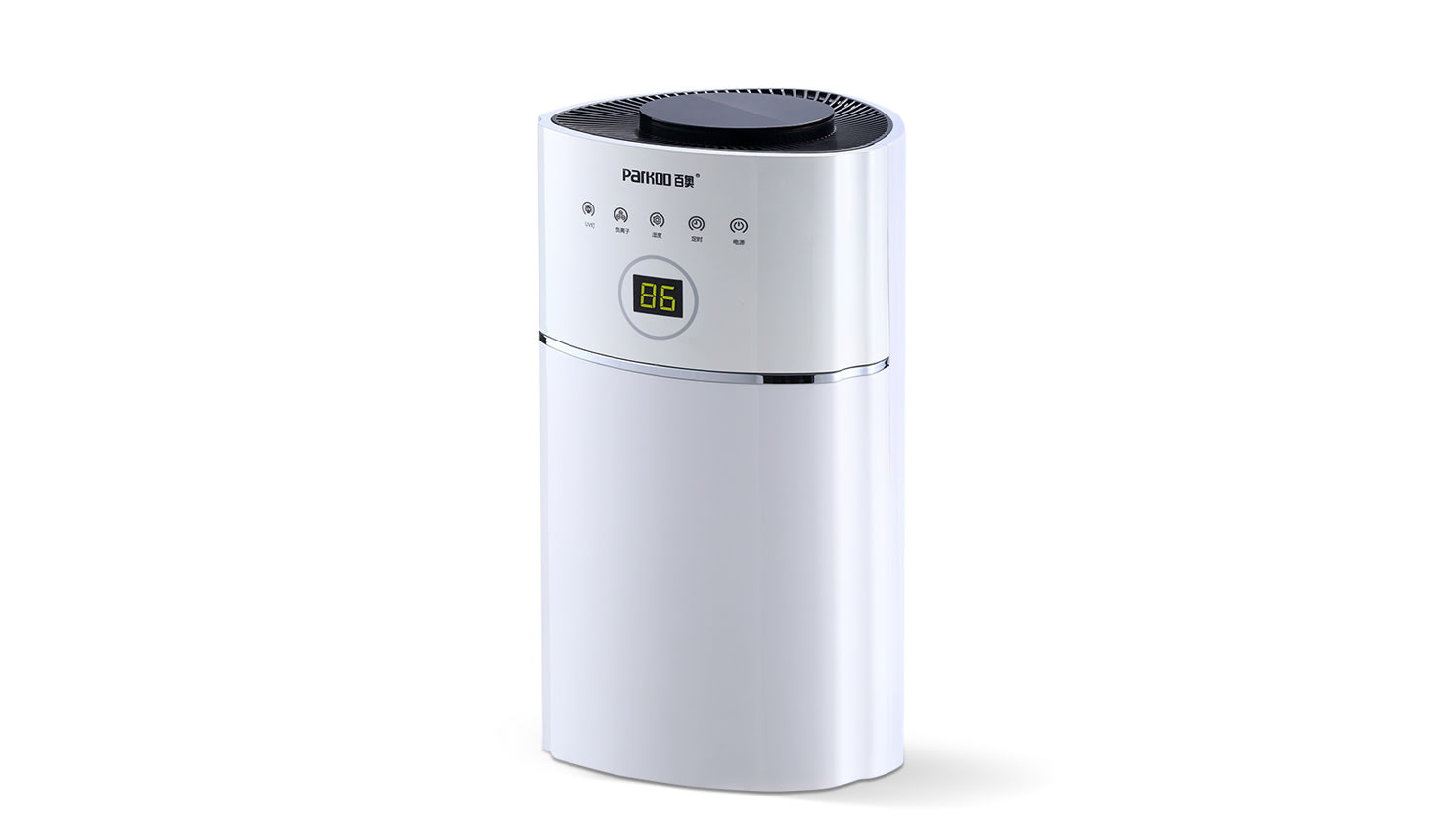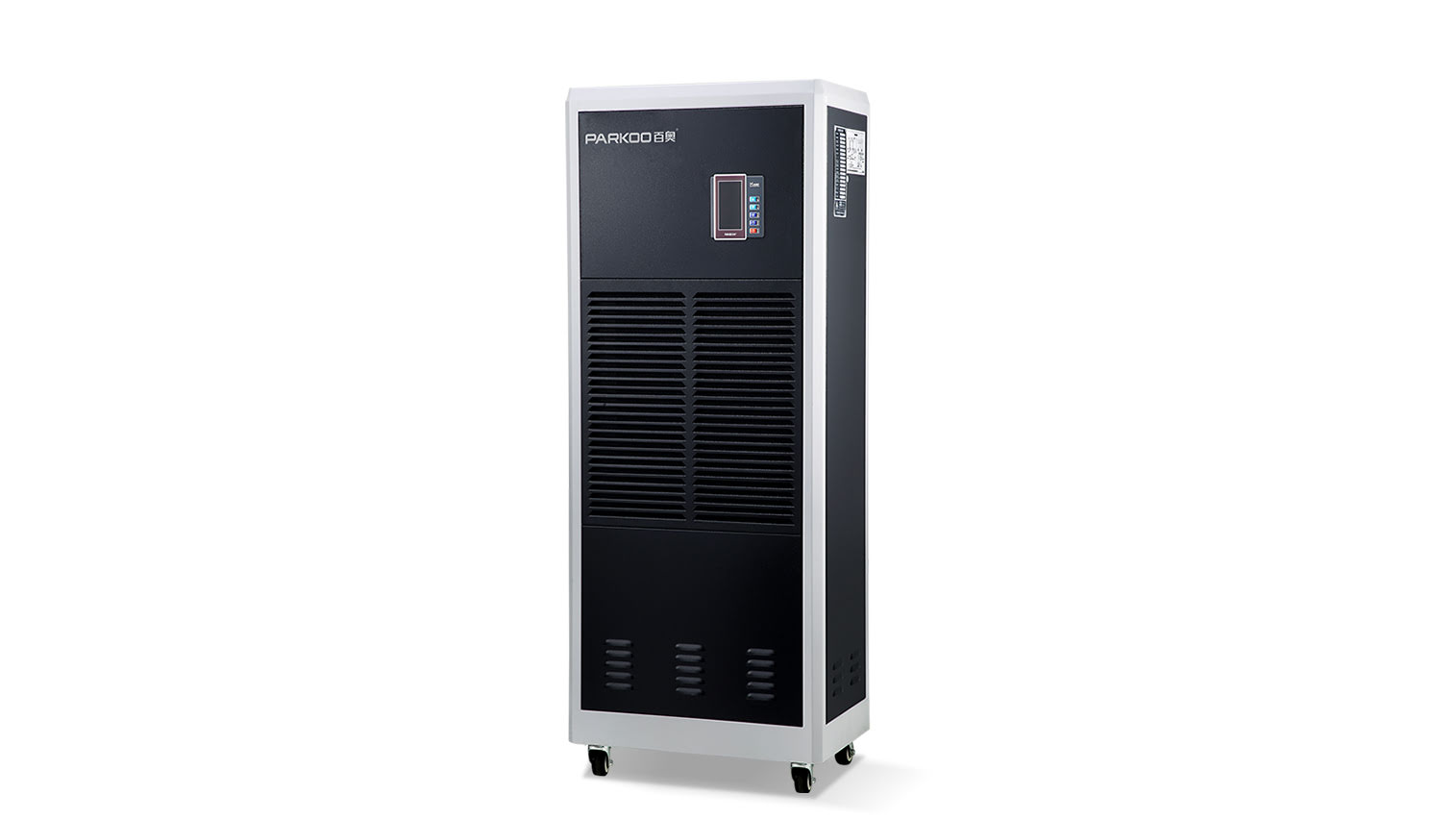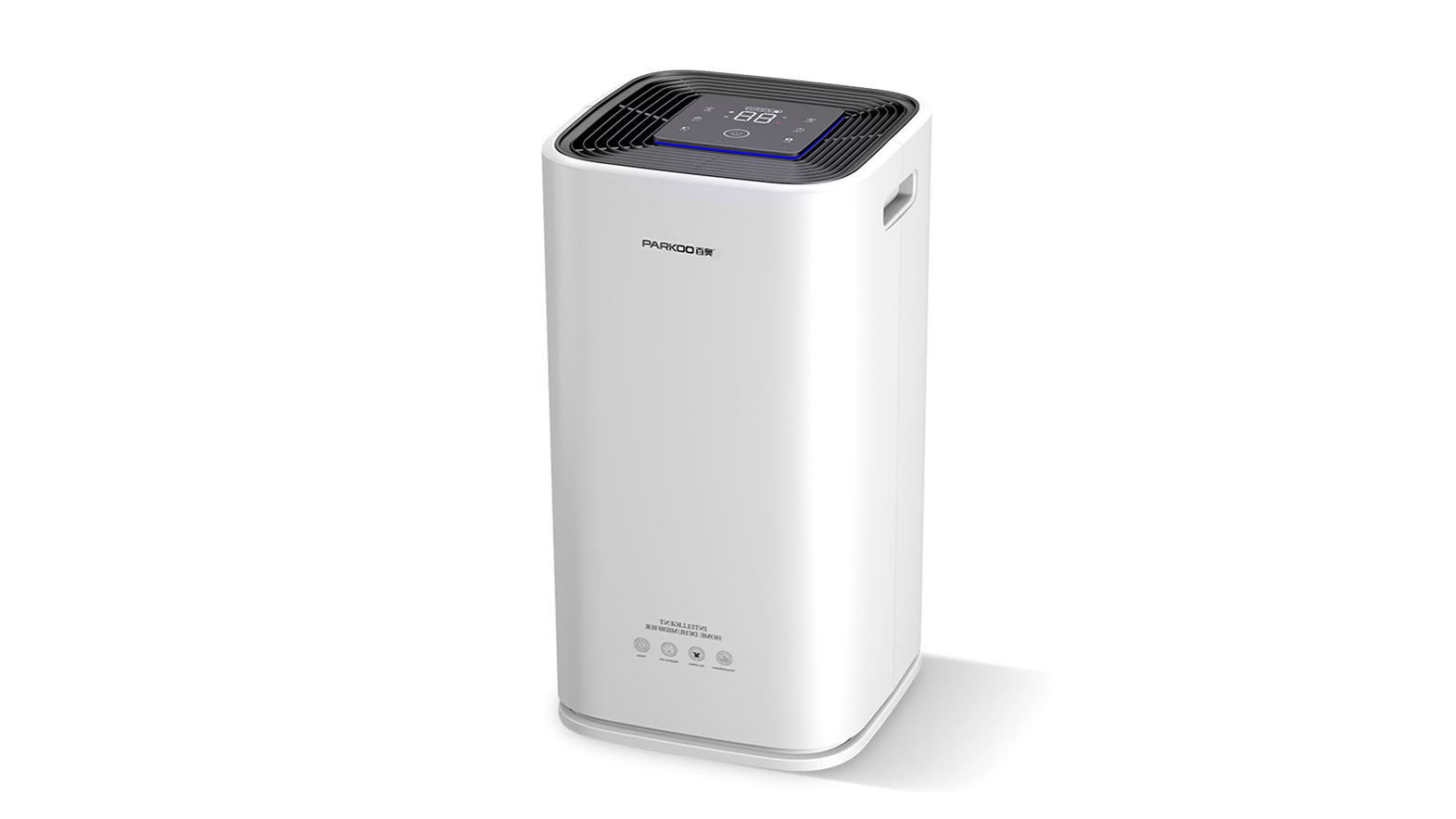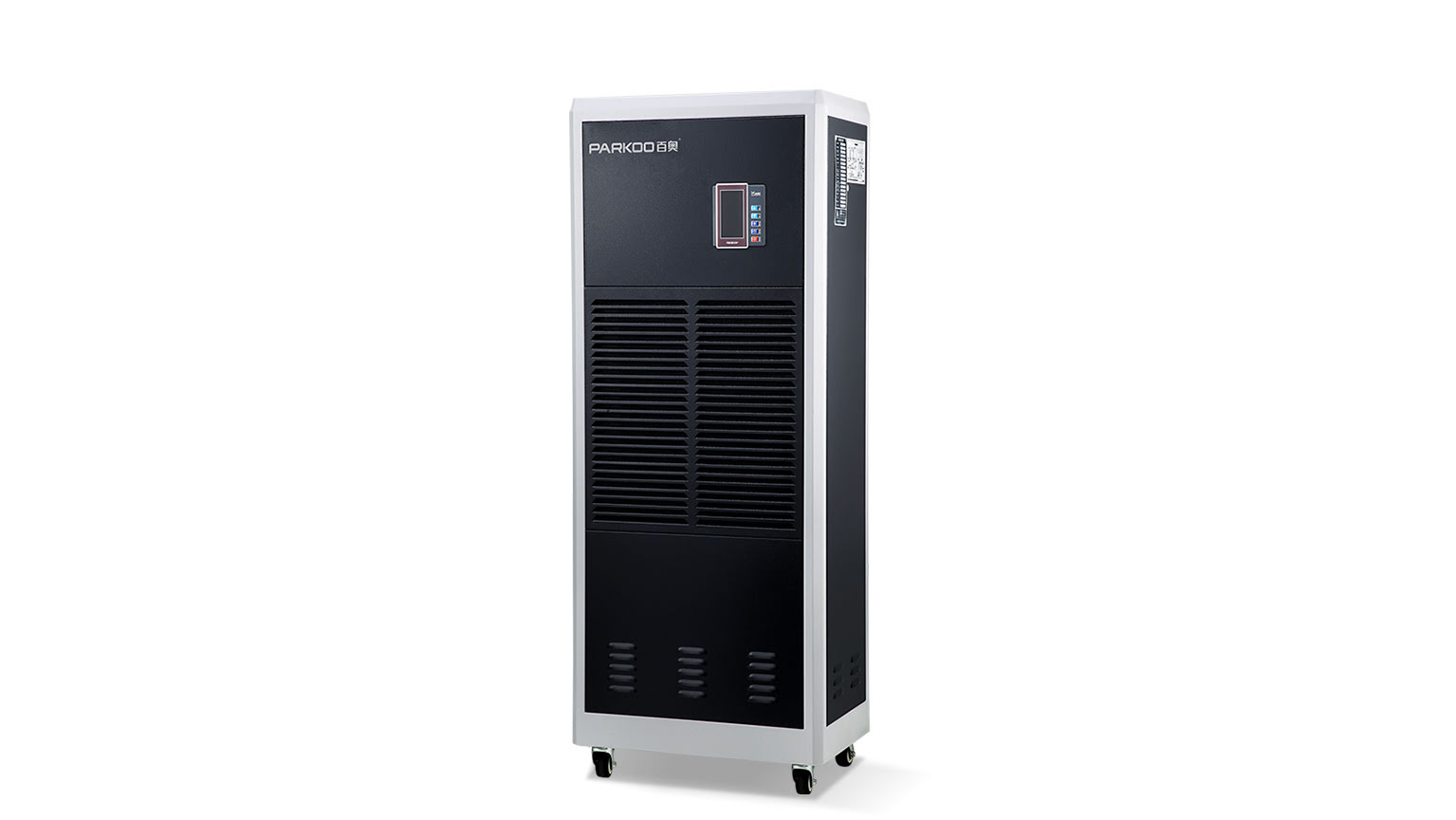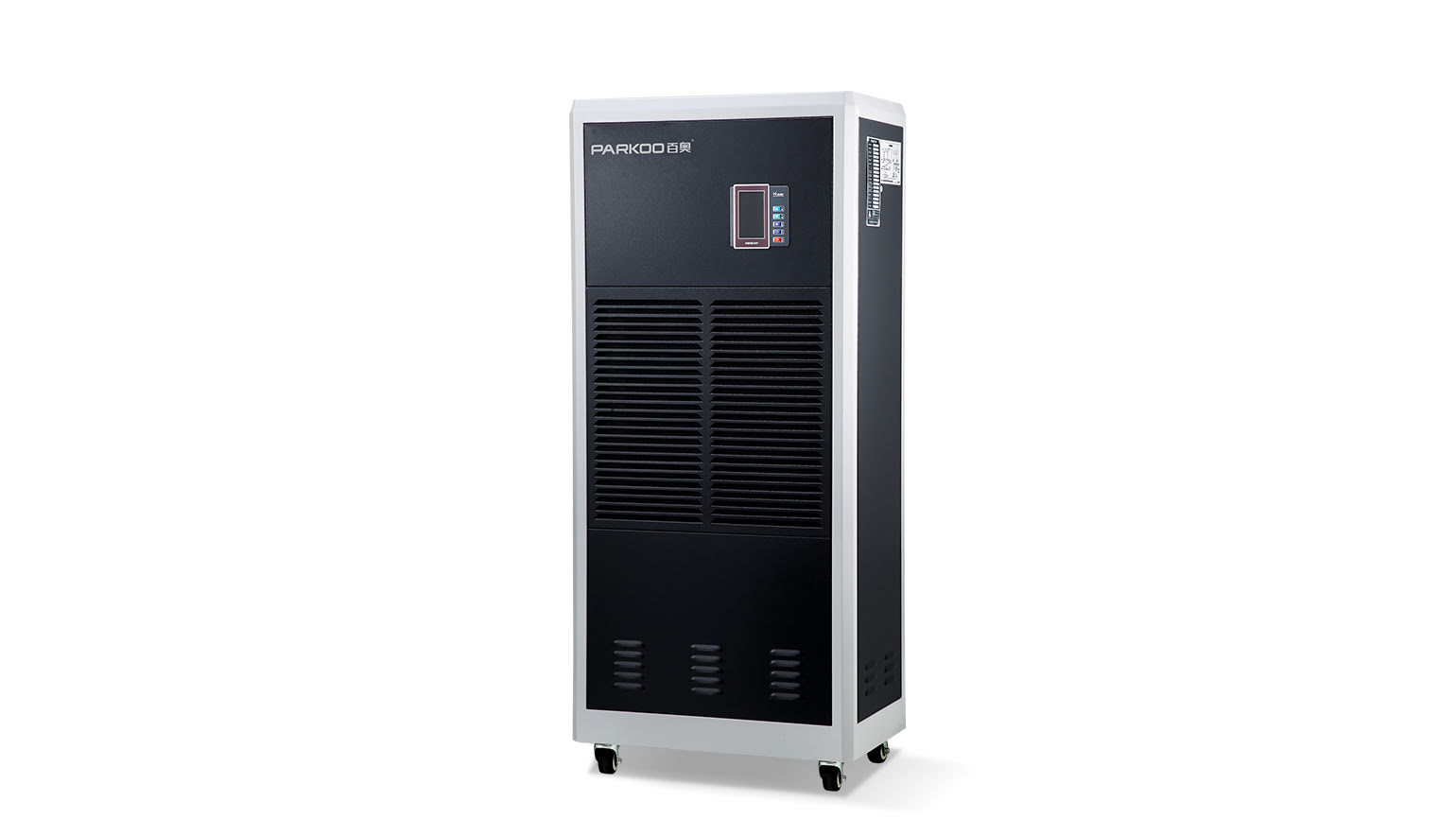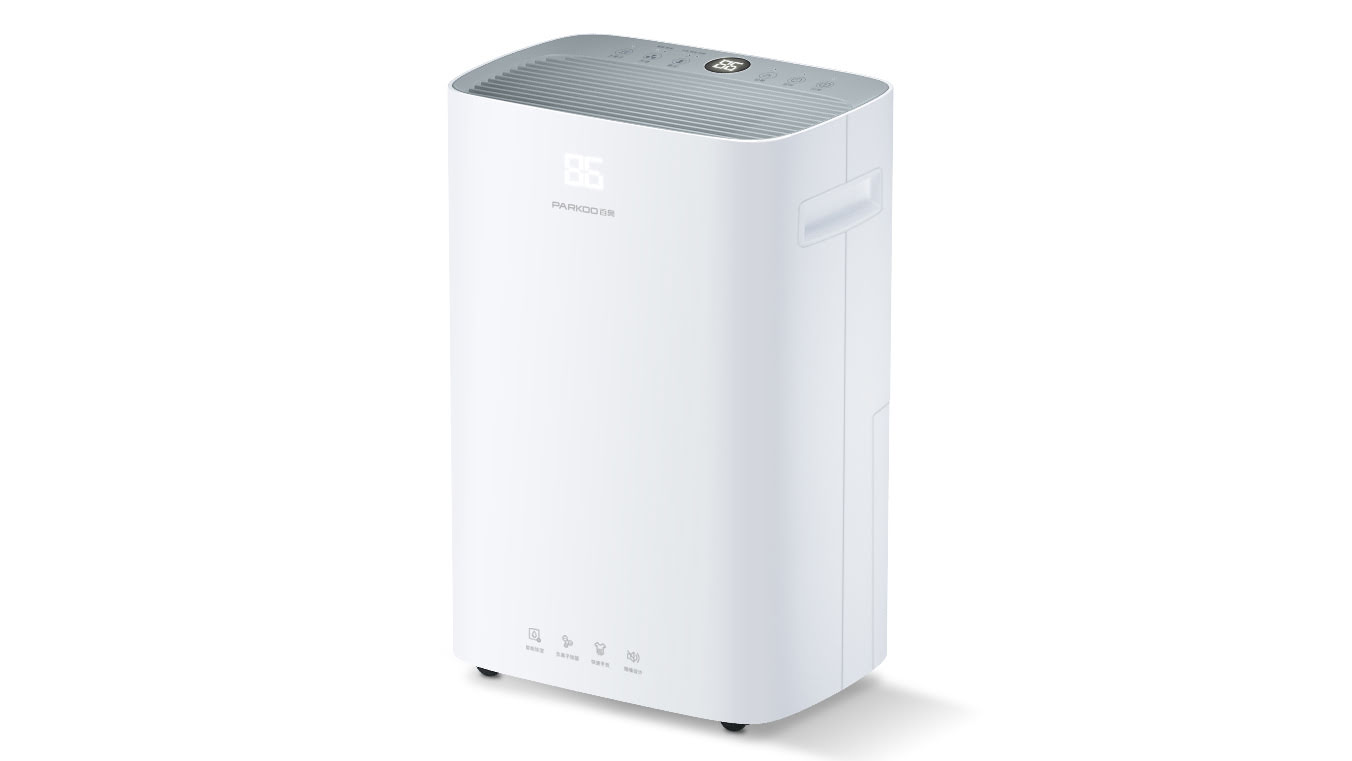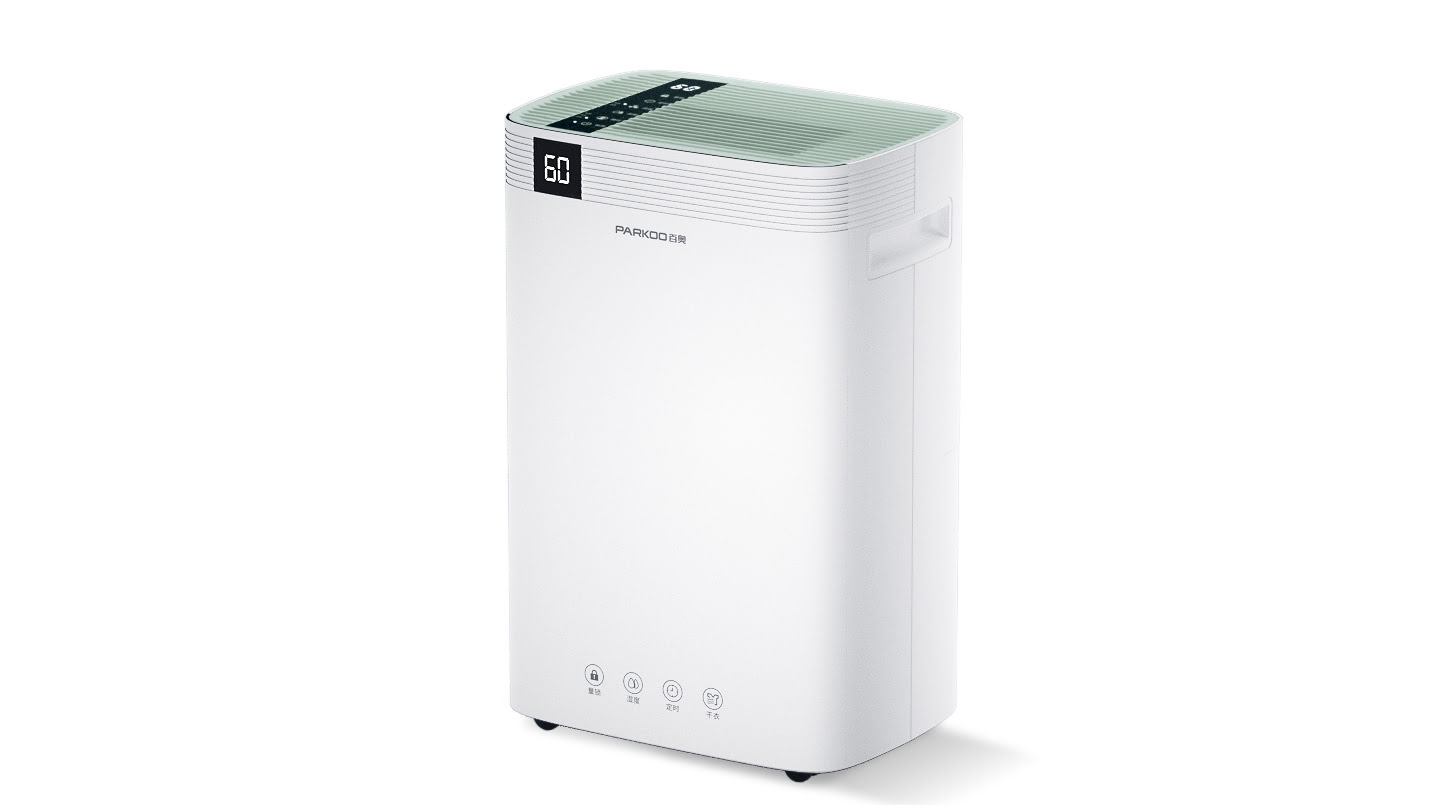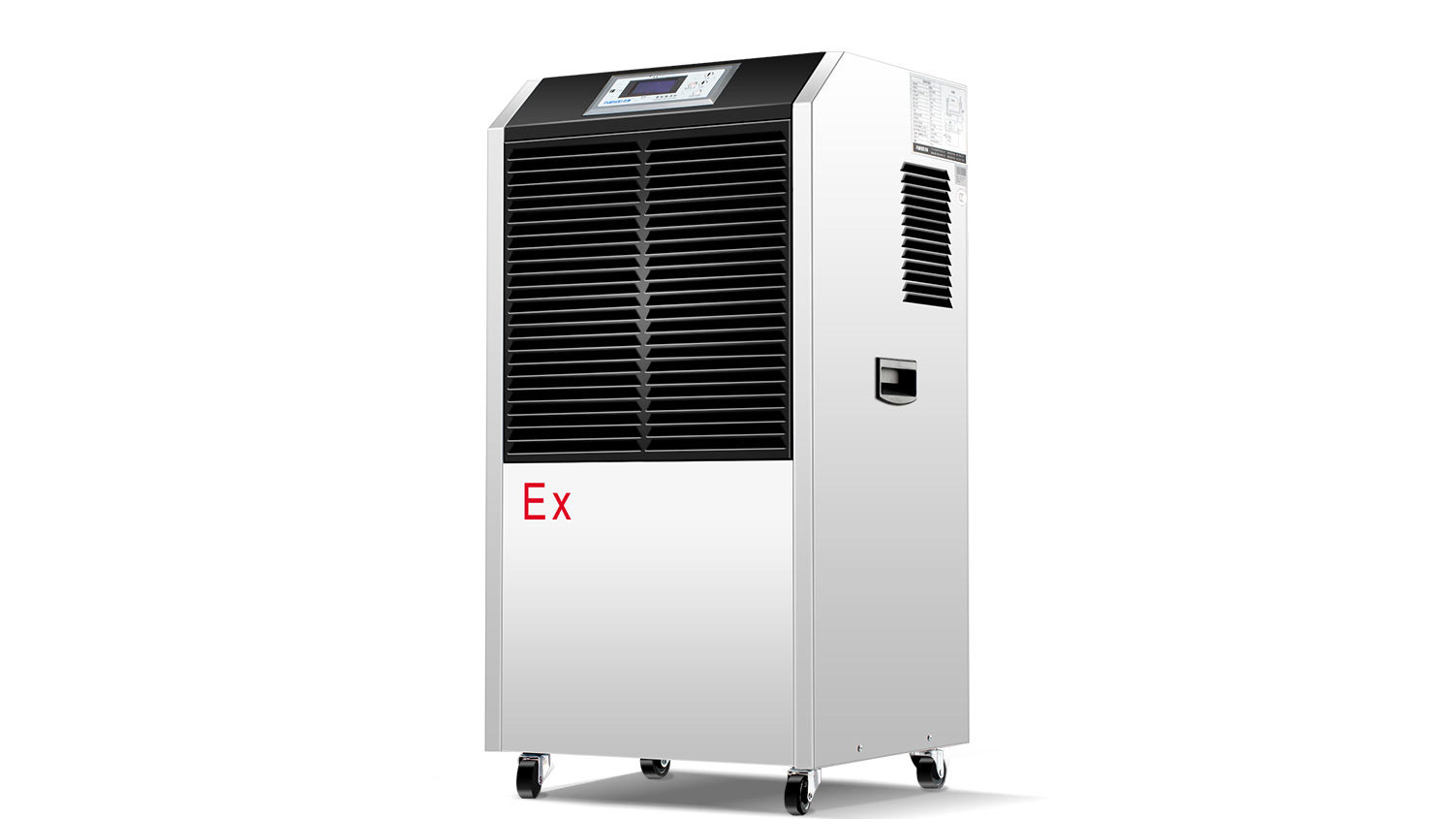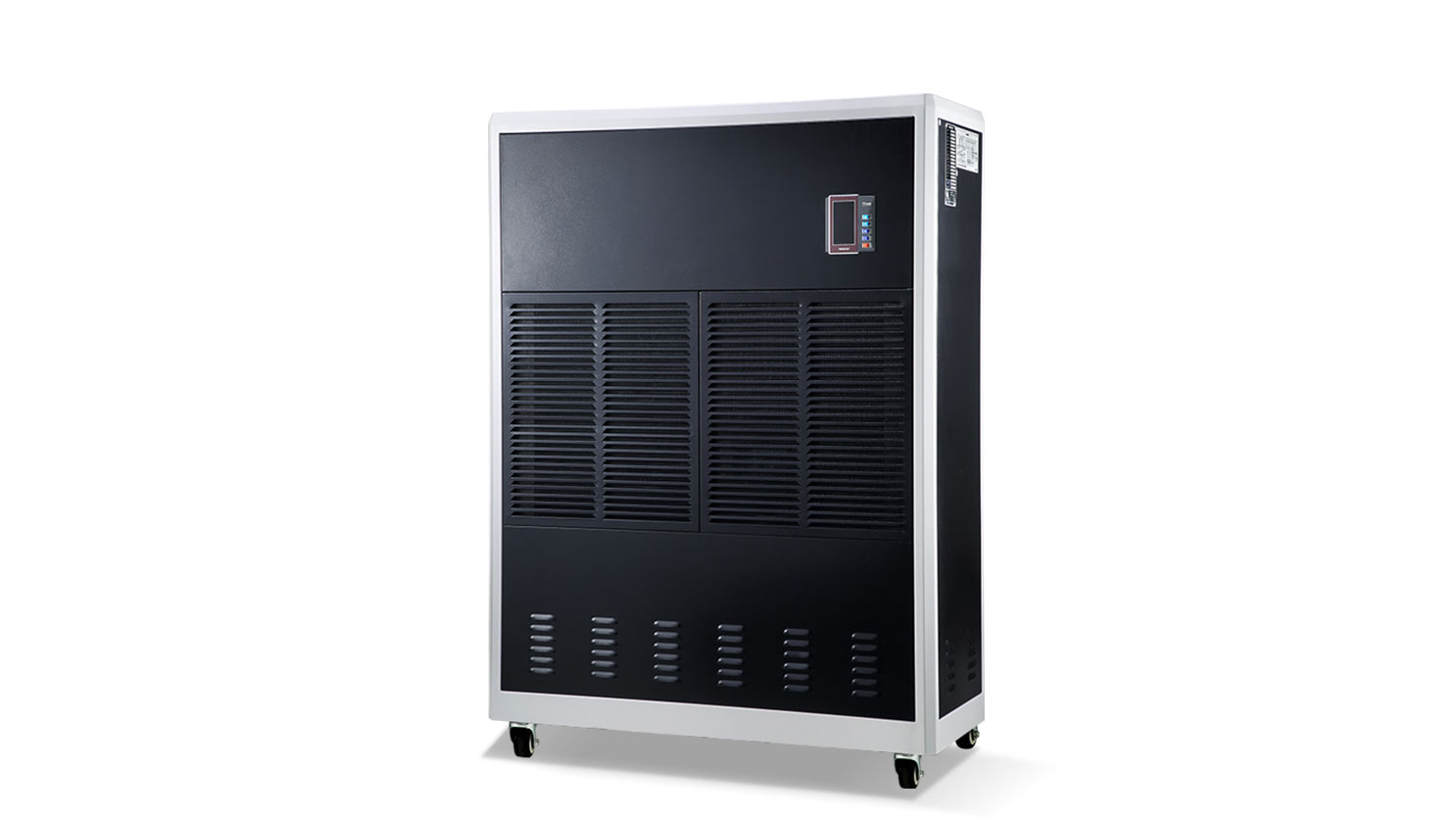The Textile industry understands that the integrity of their Products is critical. when fibers and fabrics are in optimal condition, they enhance strength and comfort. However, beCause they are hygroscopic, this means they release and absorb Moisture from the surrounding air. Textiles are inherently sensitive to changes in relative huMidity. In low humidity conditions, textiles can release moisture, leading to weakening and affecting elasticity and tensile strength. Equally troublesome in Handling these products is Static Electricity. The lack of moisture in the air and in the material itself increases electrical resistance, and static Electricity is created, which can be released into machines and even people. This can also cause products to stick together, which can affect production time and Quality.
All of these factors add up to make textile humidifiers a critical piece of equipment for any manufacturer in the industry. With Consistent water dropLet levels, fibers have the conditions Needed to Maintain optimum quality during production, and Preventing water loss during textile processing and storage can reduce weight loss from a typical 4% to 0.5%. Correct Humidification will maintain yarn strength and elasticity, producing better quality products with higher profit margins. Optimal humidification reduces yarn breakage during weaving and reduces machine downtime as well as loom stoppage marks and knots in the finished product.
Humidification Systems in the textile industry not only Improve products but also safety. Static electricity can lead to decreased Productivity and product quality Due to lint and flyaway hair attraction, machine clogging and employee discomfoRT and even accidents. Higher humidity levels naturally dissipate static charges, thus alleviating these problems. Ultrasonic humidifiers provide evaporative Cooling of approximately 5°C in textile production Facilities while suppressing dust, lint and flyaways. The combination of higher humidity, increased particle weight and the evaporative cooling effect creates a downward air flow that creates a cleaner, Healthier work Environment. Employees have fewer respiratory ailments and less particulate matter in the environment.
